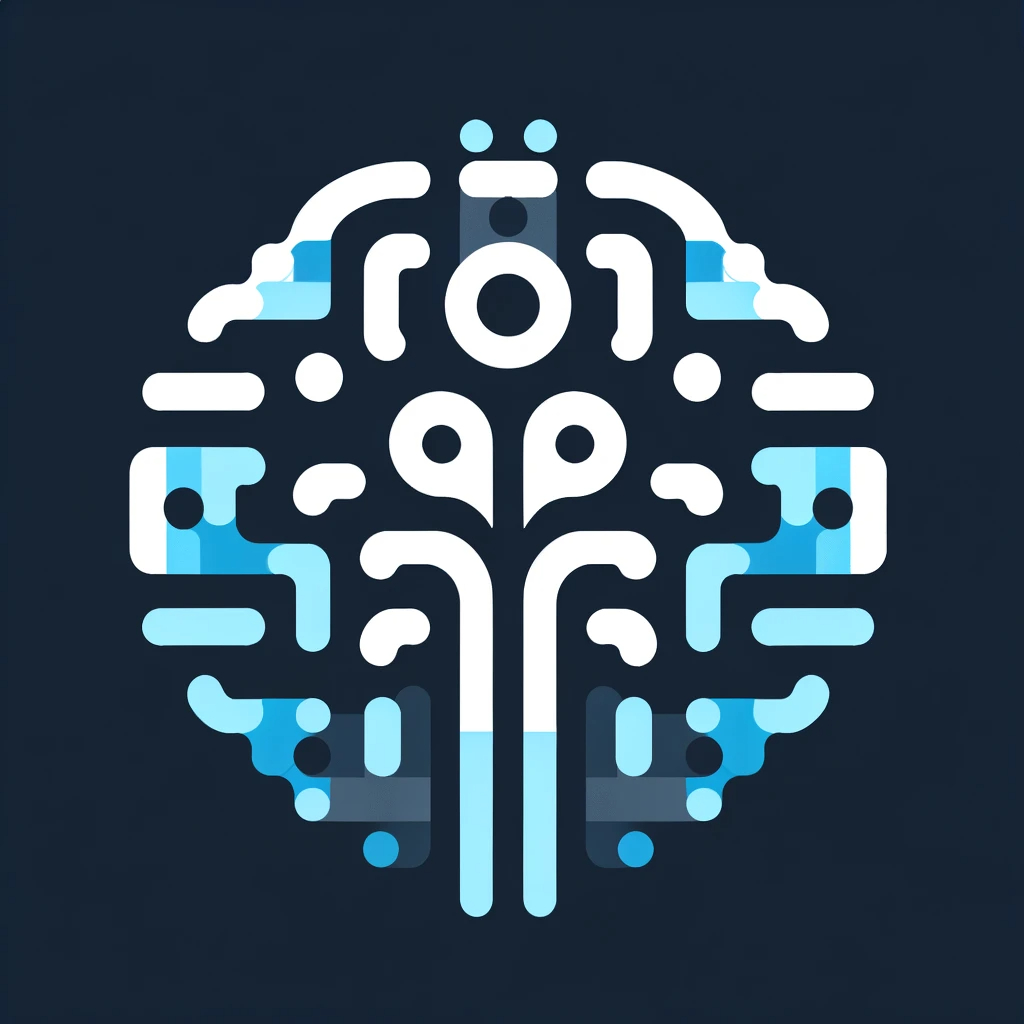This paper is available on arxiv under CC BY-NC-SA 4.0 DEED license.
Authors:
(1) H. Wen, Department of Economics, University of Bath;
(2) T. Huang, Faculty of Business and Law, University of Roehampton;
(3) D. Xiao, School of Mathematical Sciences.
Table of Links
Relevant Blockchain Technologies
Advanced Models for Real-World Scenarios
Future Investigations, and References
2. Relevant Blockchain Technologies
Introduced in 2009 as the foundation of Bitcoin, blockchain technology is a decentralized, immutable distributed ledger, facilitating the transparent and verifiable recording of transactions. Each transaction is appended to a structure known as a ’block’, which in turn links to the previous block, thereby forming a chain.
The advantages of blockchain are manifested in its transparency, security, decentralization, and immutability. Despite its transformative potential across sectors—such as supply chain management, finance, healthcare, and voting systems—blockchain grapples with various challenges. These encompass high energy consumption, scalability, transaction speed, and regulatory issues. A notable challenge, particularly salient for integrating the real-world with blockchain, is the lack of sustainable oracles. Oracles serve as critical infrastructure, bridging the gap between on-chain and off-chain environments, yet their sustainability and reliability remain areas of concern. Nevertheless, the optimism surrounding blockchain’s ability to revolutionize diverse industries persists.
In this section, we will delve into the workings of Oracles as the Connections between Blockchain and the Real World and Blockchain in Voting Systems, discuss the Scalability Requirements our reputation system necessitates, and enumerate relevant Blockchain Technologies for Potential Integration.
2.1. Oracles as the Connections between Blockchain and the Real World
Oracles, in the realm of blockchain, function as pivotal bridges connecting the real world with on-chain smart contracts. These systems essentially imbue blockchain platforms with a capability they intrinsically lack: accessing and processing data from external sources. When a real-world event or condition is met, oracles convey this information to smart contracts, triggering predefined operations. In such a setting, the credibility, timeliness, and accuracy of the data become indispensable, as the execution of the contract relies on this external information.
Yet, ensuring the sustained and trustworthy operation of oracles presents challenges, a significant one being the incentive mechanism. To encourage data providers to supply accurate and timely information, many oracle systems deploy tokens as rewards. However, this approach often entails the transition of native assets, like ”Link”, from non-circulation to circulation. Over time, this can potentially dilute the value of the tokens for all holders. As the reservoir of these incentives approaches depletion, questions about the long-term sustainability of such a system become pressing. How can one maintain the motivation of data providers without compromising the system’s overall stability and value?
This paper aims to address the above conundrum by introducing our novel blockchain reputation system. We posit that this system can function as a sustainable solution for oracle operations. Rather than leaning heavily on token-based rewards, our approach integrates the principles of reputation and trust, ensuring that data providers are motivated by both immediate rewards and the longer-term benefits of maintaining a trustworthy reputation. In the subsequent sections, we will delve into the intricacies of our proposal, illustrating how it offers a harmonious blend of incentives, trustworthiness, and sustainability.
2.2. Blockchain in Voting Systems
A blockchain-based voting system operates as follows:
1. Voter Registration: For traditional blockchain-based voting systems aimed at public elections or polls, participants are typically required to register on the platform. Once verified, voters are provided with a unique cryptographic identity that ensures both anonymity and eligibility. This method mimics the conventional voter registration process but integrates the benefits of blockchain.
However, in the context of blockchain governance, especially on Proof of Stake (PoS) platforms, the registration process may differ. In these scenarios, the act of creating a blockchain wallet and acquiring assets within that wallet often implicitly grants the holder voting rights. The weight of their vote might be determined by the amount of the asset they hold. Thus, there isn’t a separate ’registration’ as such; instead, participation in the network (by holding assets) inherently provides the ability to vote.
2. Voting Process: When casting a vote, the voter signs it with their cryptographic key. This vote is then added as a transaction to be confirmed and recorded on the blockchain.
3. Vote Counting: Once the voting period concludes, the votes can be tallied directly from the blockchain. Given the blockchain’s immutable nature, the records cannot be changed, ensuring an accurate count.
4. Transparency and Verification: At any point, anyone can verify the votes on the blockchain without revealing the identity of the voter, ensuring a transparent yet confidential system.
2.2.2. Real-world Implementations
Many existing blockchain platforms have adopted on-chain governance and voting mechanisms, demonstrating the feasibility and reliability of this approach. For example:
• Cosmos (ATOM): The Cosmos Network utilizes a staking and delegation model wherein ATOM holders can delegate their stakes to validators [43, 44]. These validators then propose and vote on network changes and upgrades, ensuring decentralized decision-making. Each vote’s weight is proportionate to the stake, promoting a sense of accountability among validators.
• Tezos (XTZ): Tezos has an on-chain governance system where XTZ holders vote on protocol upgrades [45, 46]. Instead of contentious hard forks, the platform evolves through community consensus, emphasizing adaptability.
To sum up, blockchain’s inherent properties—security, transparency, and decentralization—make it an ideal candidate for reshaping voting systems. By ensuring a democratic and trustworthy process, it offers a future-proof solution to traditional voting challenges.
2.3. Scalability Requirements
Scalability has perennially been one of the most contentious challenges in the blockchain domain [47, 48]. It stands as a stumbling block that has led numerous promising projects to falter or even wither away before achieving their potential. The crux of the scalability challenge is the need to handle a vast number of transactions per second (TPS) without compromising on speed, security, or decentralization.
However, our reputation system elegantly sidesteps this vexing issue. The fundamental reason is its modular design: while our system is dedicated solely to ratings or votes, the actions and trades of agents can occur on any external public blockchain. This delineation ensures that the TPS demand for our system is driven exclusively by the frequency at which agents rate or vote. In reality, such activities are infrequent. On average, an individual might cast a rating or a vote once every few days. Even in the most engaged scenarios, a single individual might rate only a few times within a day.
Given this low-frequency engagement, even with participants in the order of millions, the system would only necessitate a TPS at the level of hundreds. Notably, this is well within the capabilities of many existing blockchain platforms [49, 50]. In essence, by confining our system’s operations to these particular tasks and allowing other actions to be handled elsewhere, we’ve effectively decoupled our platform’s functionality from the more demanding scalability requirements that have beleaguered so many other projects.
2.4. Blockchain Technologies for Potential Integration
2.4.1. Ring Signatures: Ensuring Anonymity and Authenticity
Our blockchain-based reputation system can benefit from the technique of Ring Signatures to safeguard the privacy of agents. This ensures that they can express their opinions without concerns of potential retaliation or discrimination, especially when giving negative feedback.
Ring Signatures, originally introduced for ensuring anonymous communications, plays a pivotal role in ensuring both the authenticity and anonymity of transactions in our reputation system. A ring signature, in essence, is a type of digital signature that can be generated by any member of a group of users, which we’ll refer to as a ’ring’. The distinguishing feature of this signature is its ambiguity: while anyone can validate the signature to ascertain that a member of the group generated it, it remains computationally infeasible to determine the exact individual who created the signature.
Within our reputation system, when a user wishes to endorse or rate an entity, they can use ring signatures to validate their authenticity (proving they belong to a group of legitimate users) while keeping their individual identity concealed. This ensures that while ratings and feedbacks are trustworthy and genuine, raters can maintain their privacy.
For instance, if Alice wants to rate a service, she can produce a ring signature using her private key and the public keys of other members in the ring. When others verify this rating, they can be confident that it originated from someone within the group, but they can’t pinpoint it specifically to Alice, ensuring her anonymity.
interface RingSignature { function generateSignature(bytes memory _data, bytes[] memory _publicKeys) public ,→ returns (bytes memory); function verifySignature(bytes memory _data, bytes memory _signature) public returns ( ,→ bool); }
2.4.2. Threshold Functions in Zero Knowledge Proofs
Zero Knowledge Proofs (ZKPs), specifically in our design at a later stage when the computing environment is allow, can be implemented to introduce a threshold functionality. This is a sophisticated feature allowing agents to prove their reputation score exceeds a set threshold without unveiling the exact score, preserving user’s privacy. Although valuable, this feature introduces a computational overhead due to the intrinsic complexity of ZKPs. As a starting point, our design opts to unveil interfaces for this threshold functionality without instant deployment, preserving computational efficiency.
interface ThresholdZKP { function verifyProof(bytes memory _proof) public returns (bool); // Potential future functions }
2.4.3. Commitment Schemes with Rounds
To accentuate fairness, especially in scenarios where real-time rating or feedback might be infeasible, our system envisages the use of Commitment Schemes [51, 52] in a round-based manner. In this paradigm, participants first ’commit’ to their ratings within a specific round. Following the round’s conclusion, these commitments are ’revealed’. This stratagem promotes fairness within each round, eliminating the possibility of preemptive actions based on insights or predictions. If our system doesn’t adopt this round-based approach initially, we envision the Commitment Schemes to be woven in at a later stage, bolstering the system’s fairness.
interface CommitmentRounds { function commitRating(bytes memory _rating) public; function revealRating(bytes memory _commitmentKey) public; // Supplementary functions for advanced features }
In essence, the blend of Ring Signatures, ZKPs, and Commitment Schemes amplifies the robustness and fairness of our blockchain-based reputation system. This blend ensures a future-ready framework that starts lean but is capable of seamlessly adopting advanced features.

